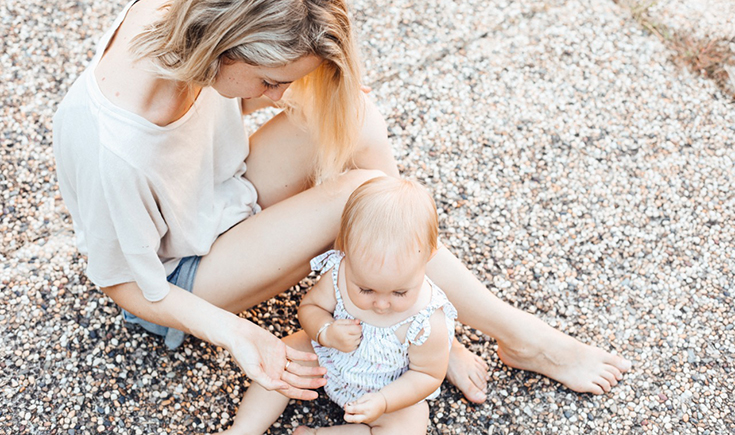

Every parent keeps a close eye on their baby to make sure they are developing as they should be. We track milestones and compare our babies with other babies. We look for the big milestones, like rolling over, sitting up, crawling and the first steps. Looking for signs of Autism Spectrum Disorder (ASD) is not usually front of mind, and it can be hard to see the early signs.
The earliest signs of ASD usually manifest in an absence of behaviours, rather than the appearance of certain behaviours. Typical ASD behaviours tend to emerge later into toddlerhood.
It’s important to remember that children develop at different rates so if your child isn’t doing something you think they should be, try to be patient, it may not be too long before they do.
But if you’re concerned, there are some red flags to watch out for.
Autism Spectrum Disorder: Early signs in the first year
Specifically, Raising Children suggests that the following signs are red flags:
Social Communication
Watching out for signs of social communication development, or lack of, is an important area to watch. Absence of regular smiling, eye contact, and the use of gestures, and general age-appropriate interaction would be something to keep an eye on in the first 12 – 24 months.
If your child doesn’t:
- point or hold up objects to show you
- share an experience or show you they want something
- respond to their name
- converse through babbling
- understand simple instruction such as ‘give me the toy’
- use gestures on their own, such as waving good bye unprompted
- smile at care-givers without being tickled or smiled at first
- show interest in other children
- start games like peek-a-boo
- participate in pretend play like feeding dolls or teddy bears.
Restricted Interest
Restricted interest is another area that is considered a red flag. Specifically:
- will only play with certain objects or is fixated on certain objects such as light switches
- interacts with toys in a singular way, such as spinning the wheels of a toy car, rather than pretending to be the driver, or lining items up rather than playing with them
- interested in unusual objects such as drains, fans, metal objects.
Sensory Experiences
Sensory experiences are also considered to be a red flag. If your child:
- gets upset by certain sounds, or a certain volume of noise
- will only eat foods of a certain texture
- seeks out certain sensations such as vibrating toys, or rubbing objects on their face or mouth.
Repetitions, Routines and Regression
Routines and repetitions are also important signs of ASD. If your child struggles with a change in routine and gets upset with variations, such as a change in sleep time or needs to do things in a certain order every day.
Repetitive or unusual body movements are also considered a sign of ASD. Usual behaviours such as arm-stiffening, walking on their toes and back arching are things to look for.
Regression of any milestones in the first 12 to 18 month is also a sign to look for. If your child has started using language, gestures, pretend play and strong interaction with you and other loved ones, then they suddenly stop, it is worth speaking to your doctor or MCH Nurse.
Again, to reiterate, it’s important to keep in mind that children develop at different rates, but if you are worried you should speak to your health care provider.























